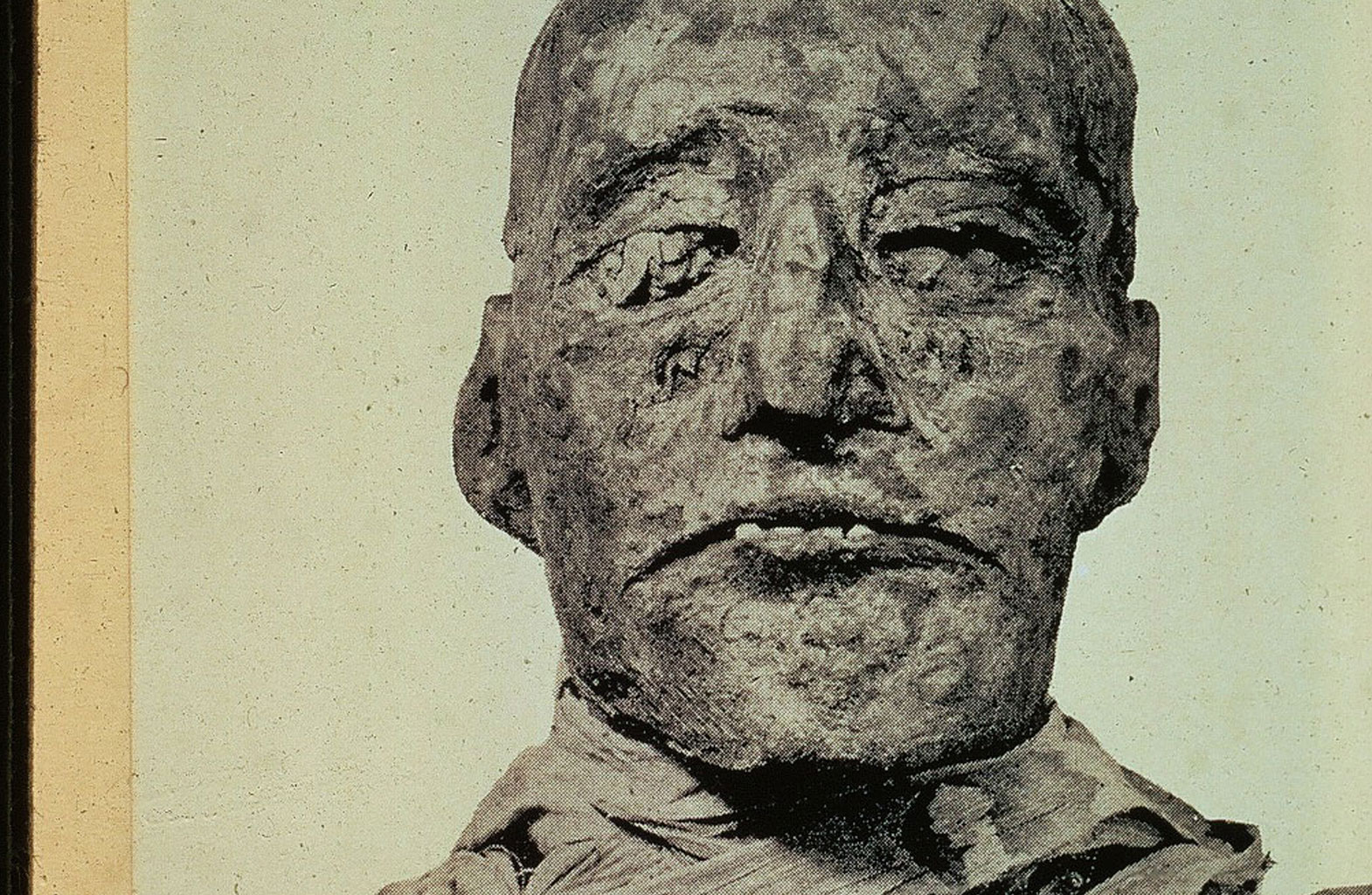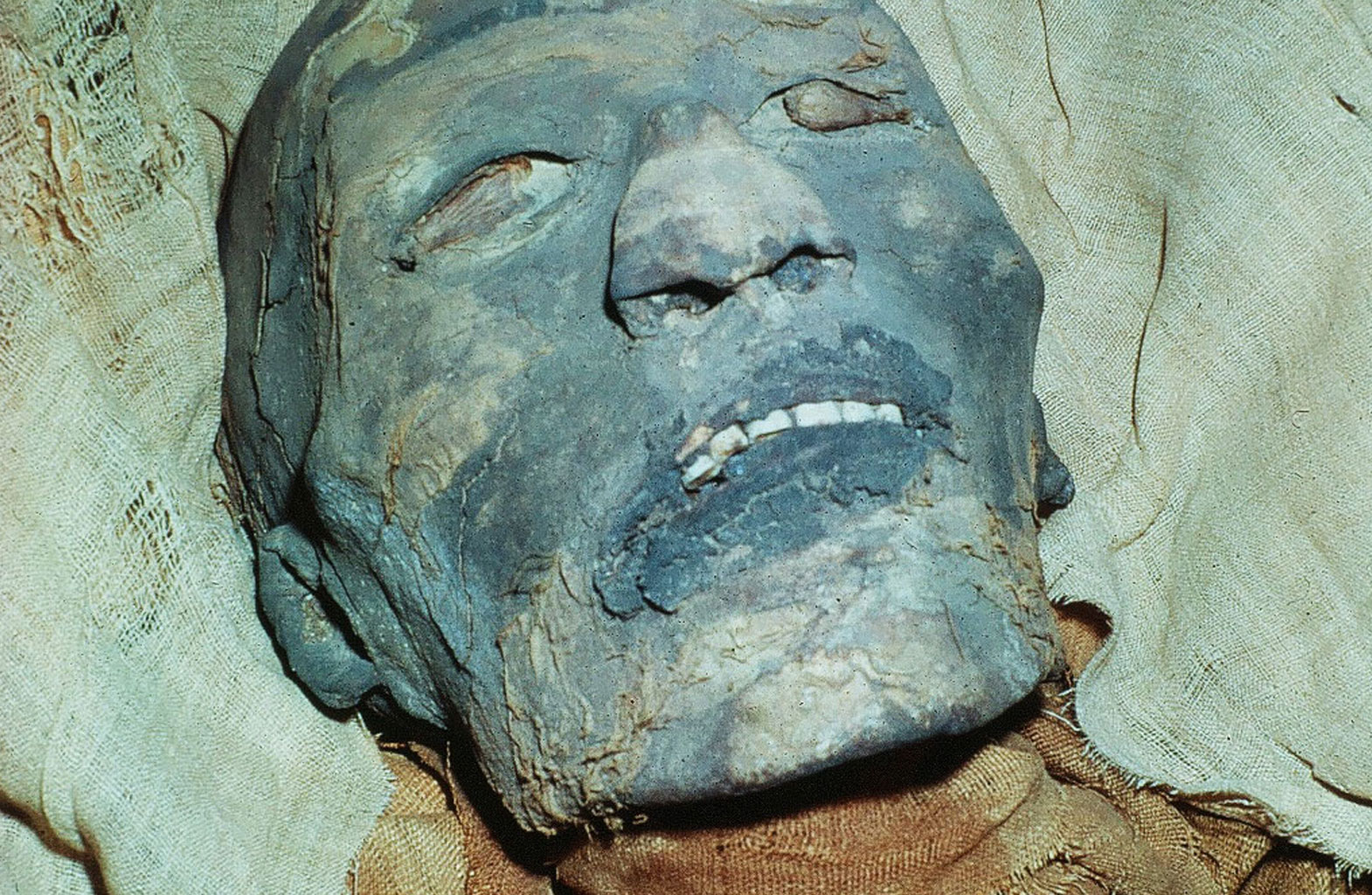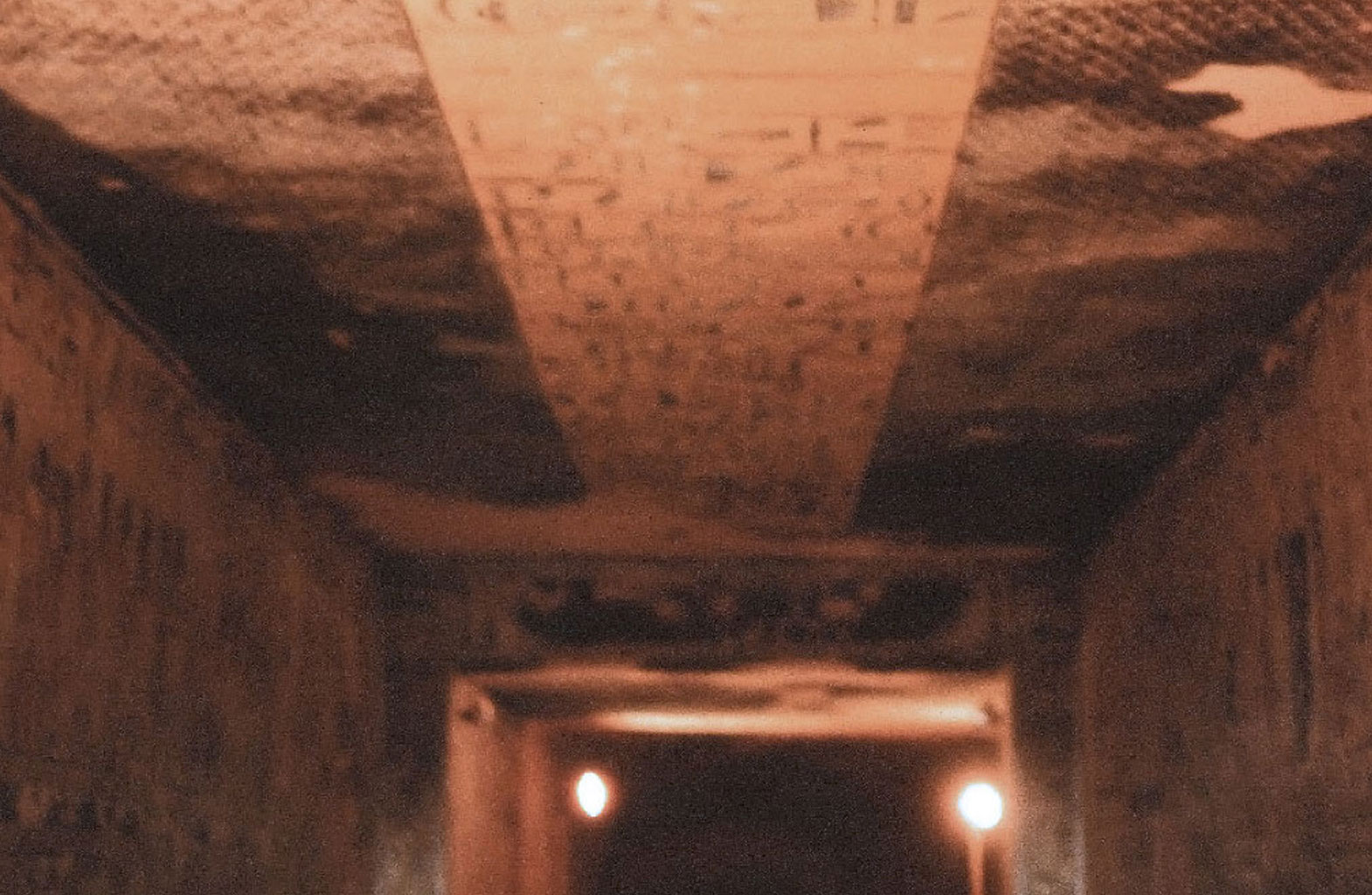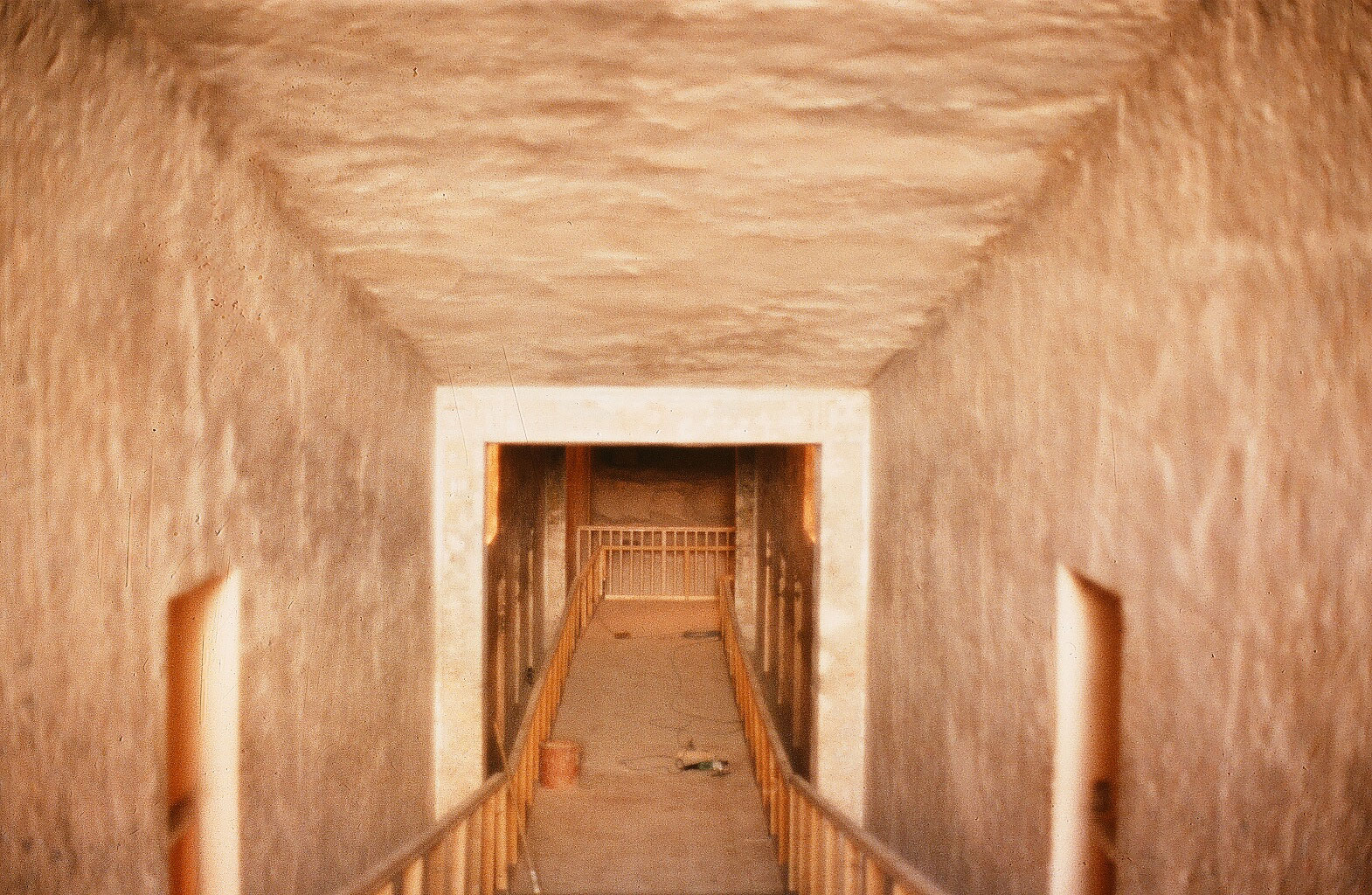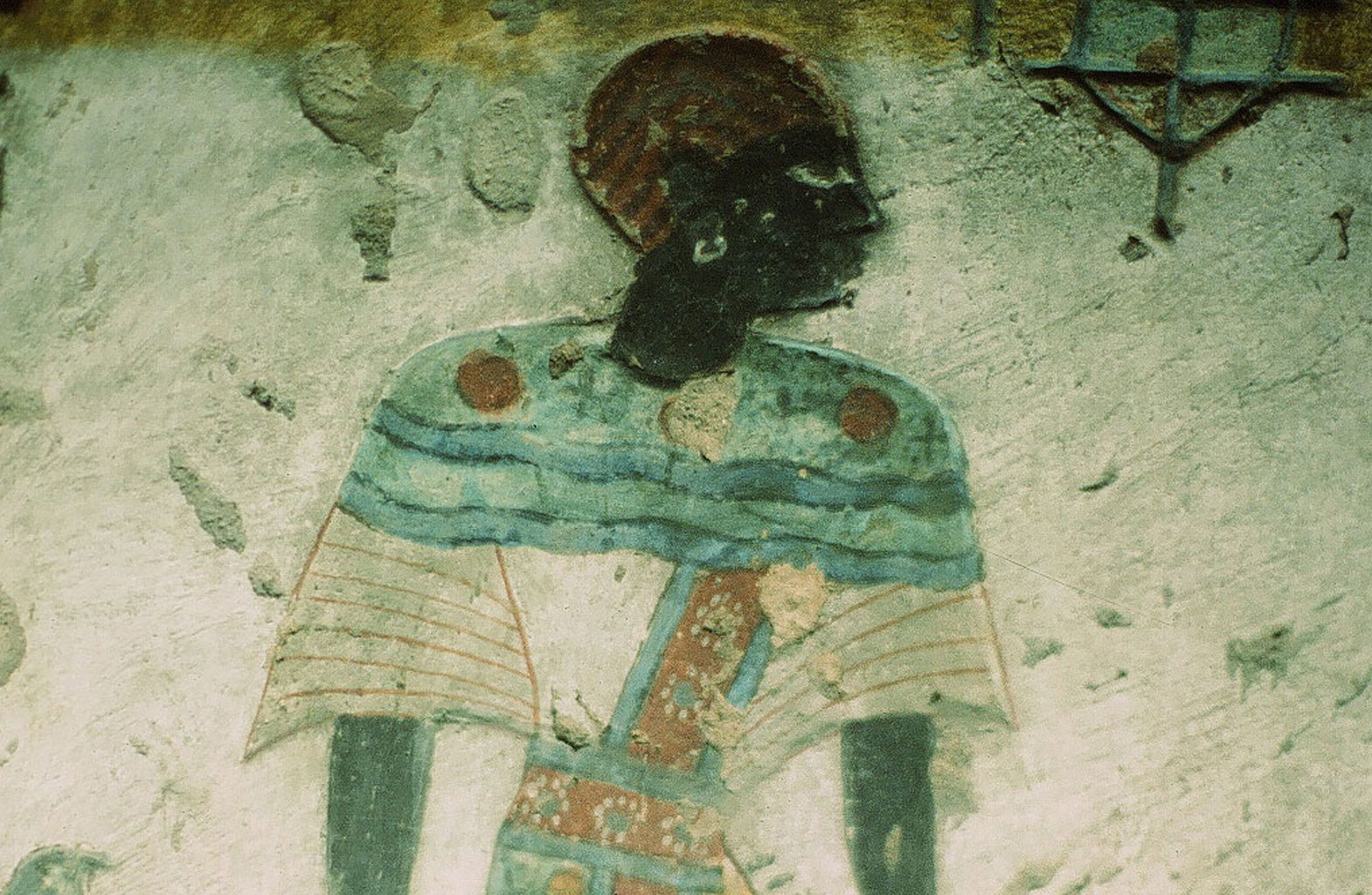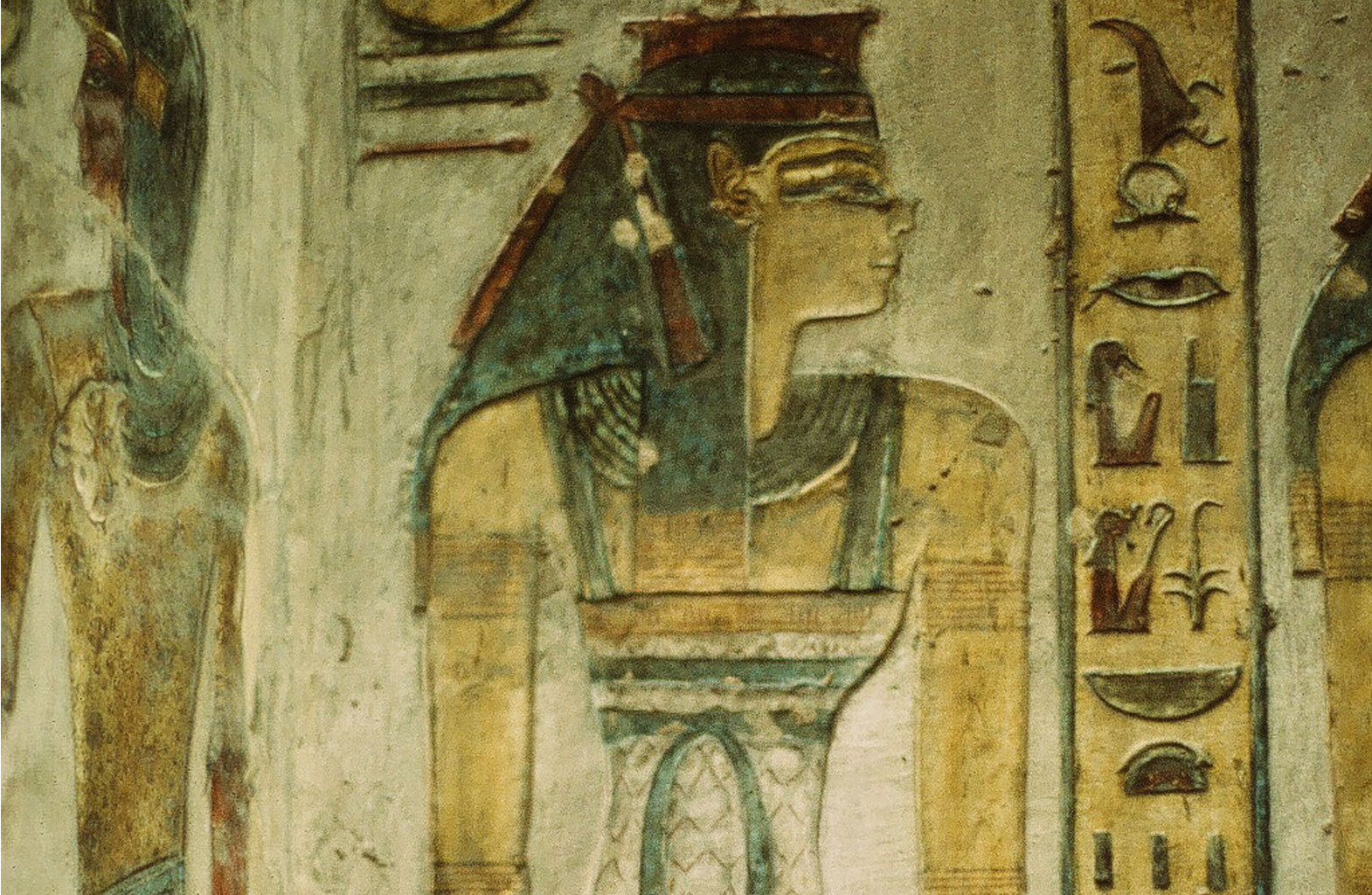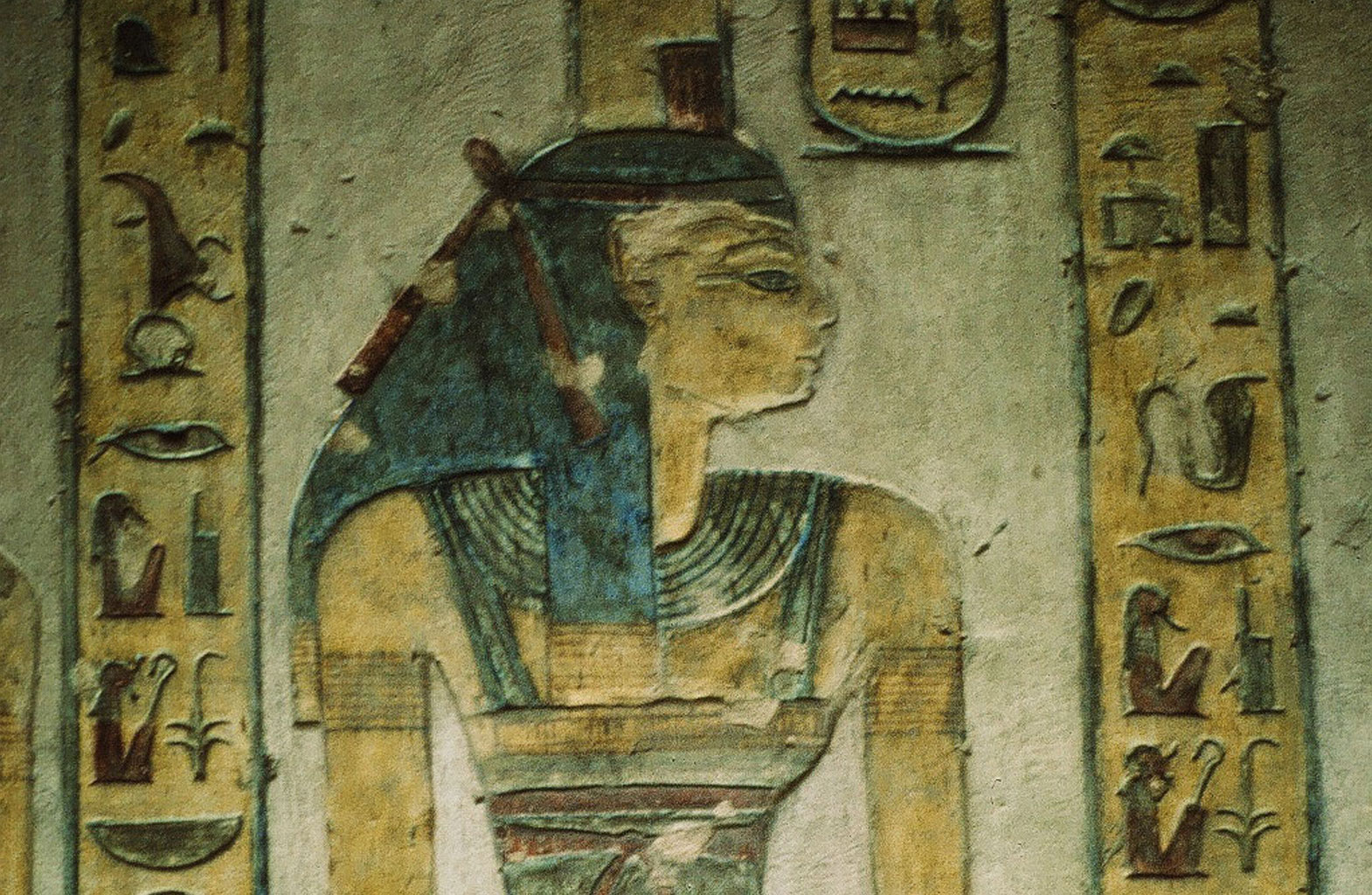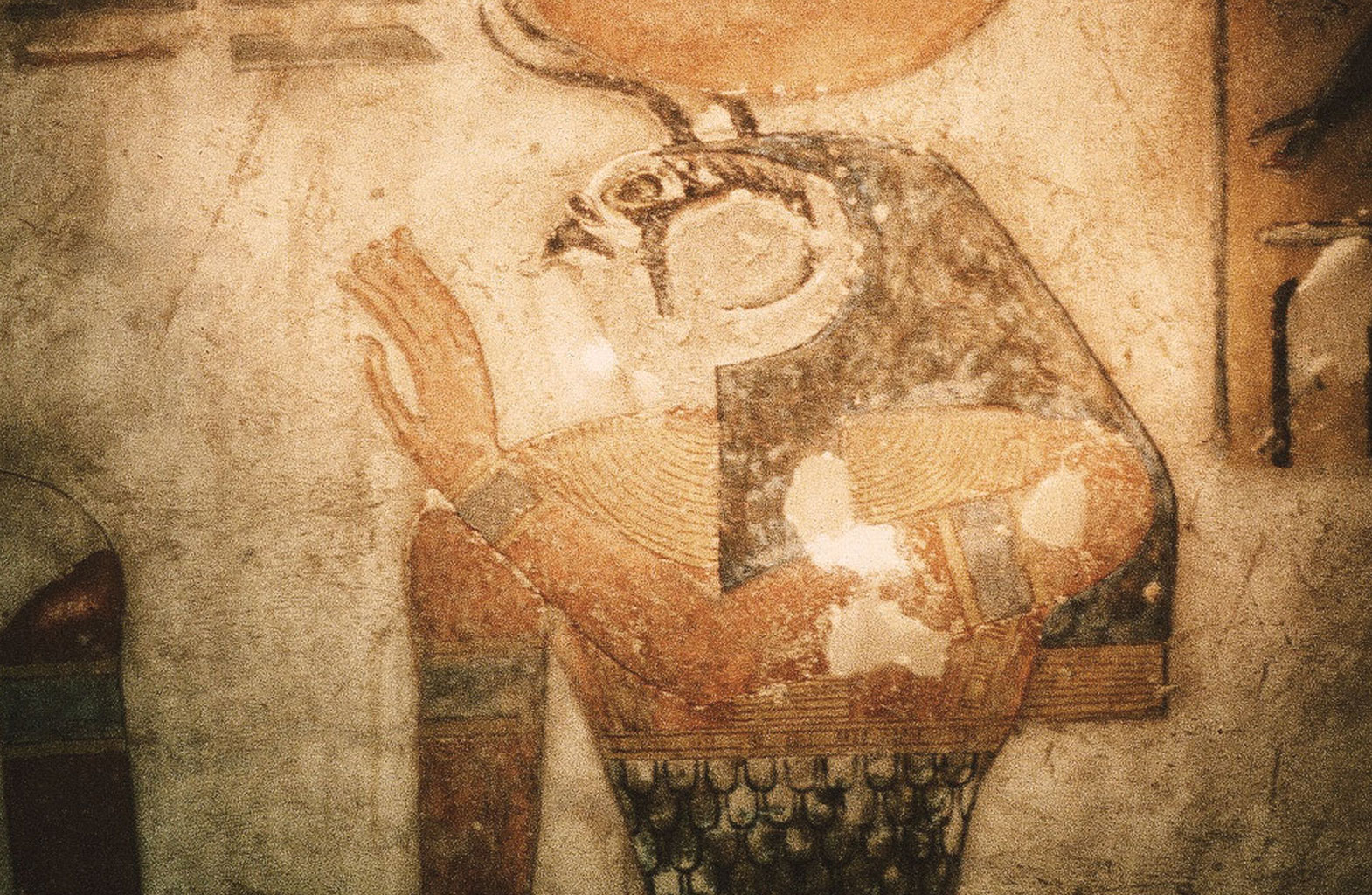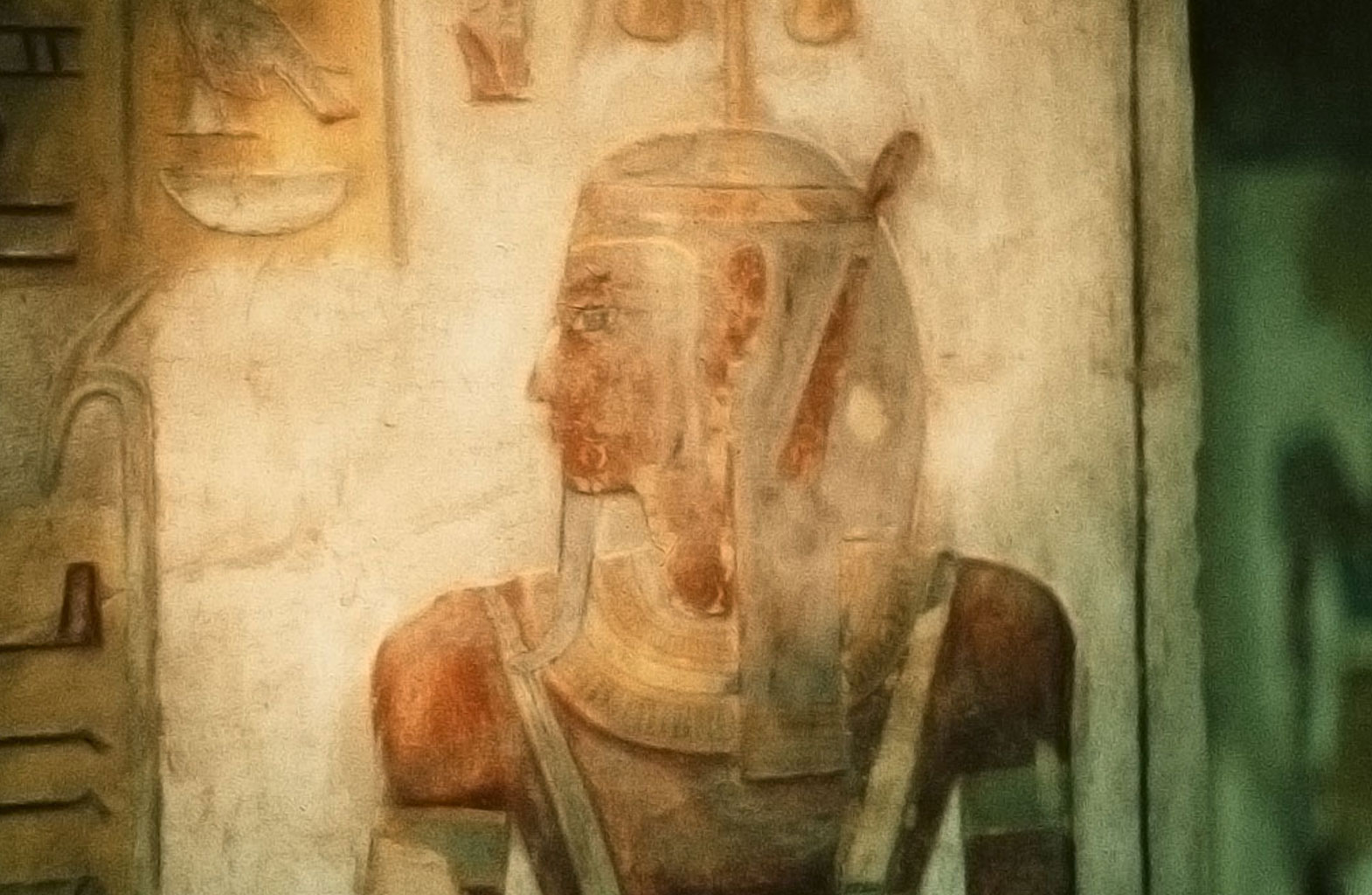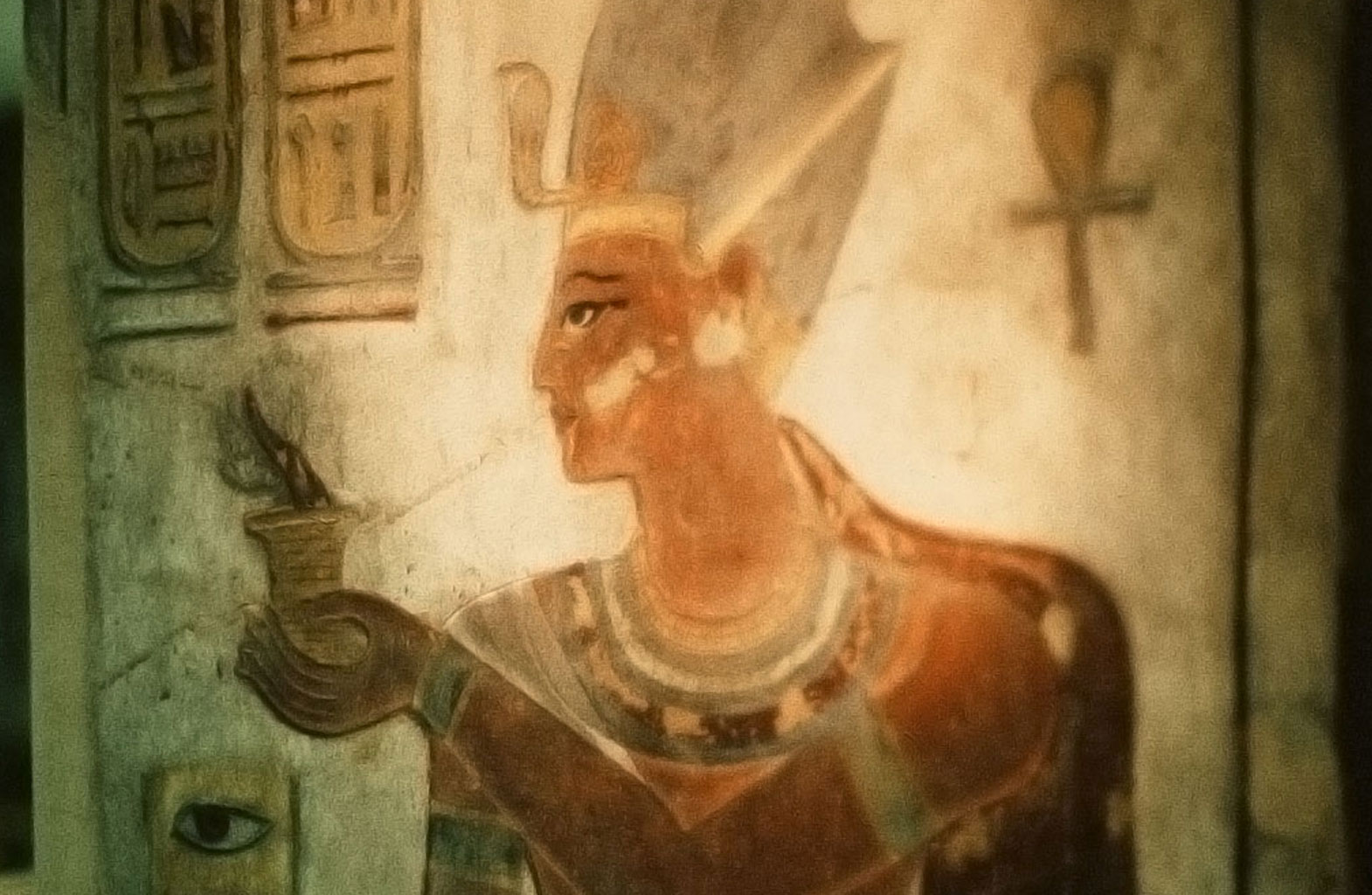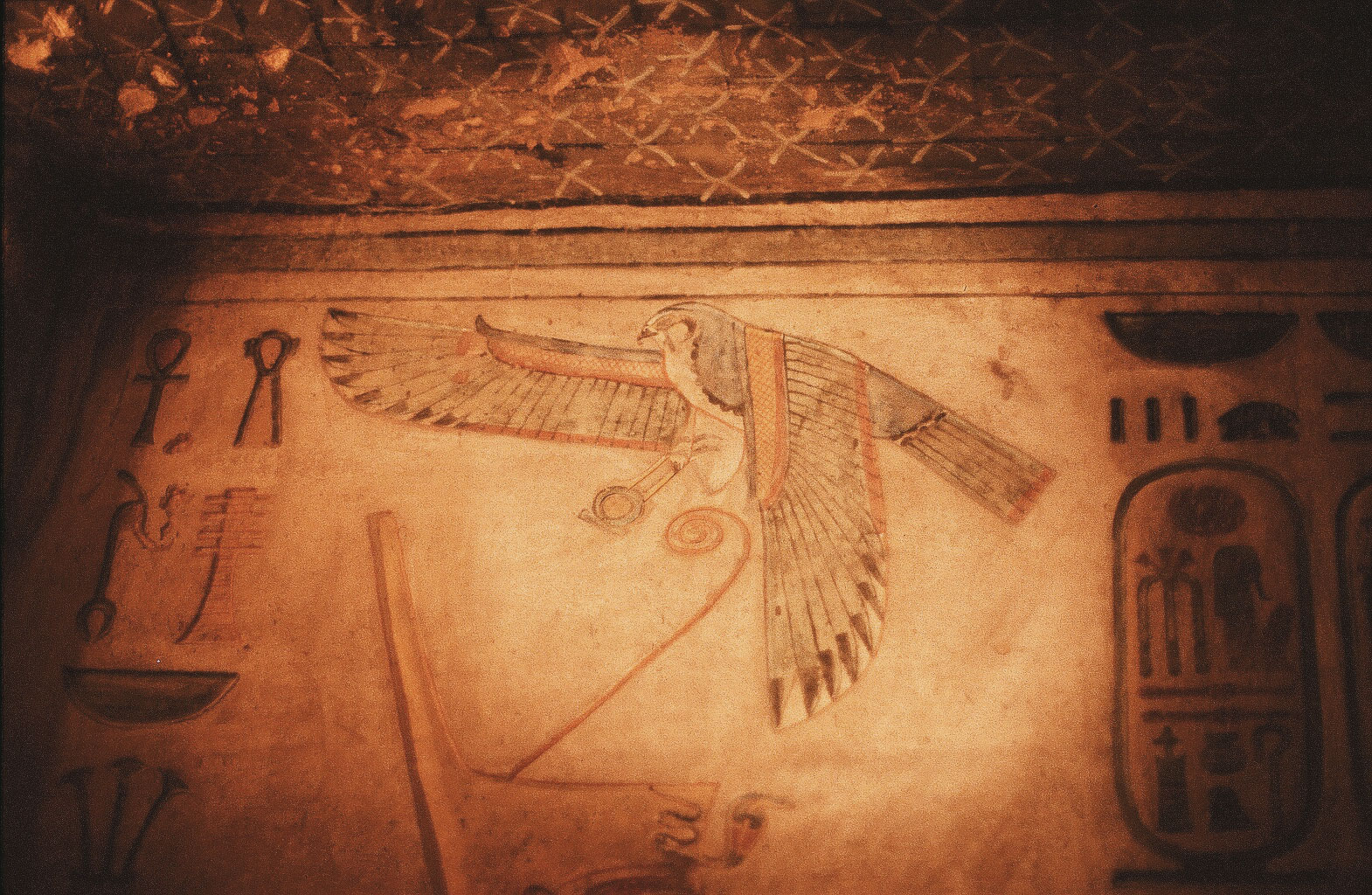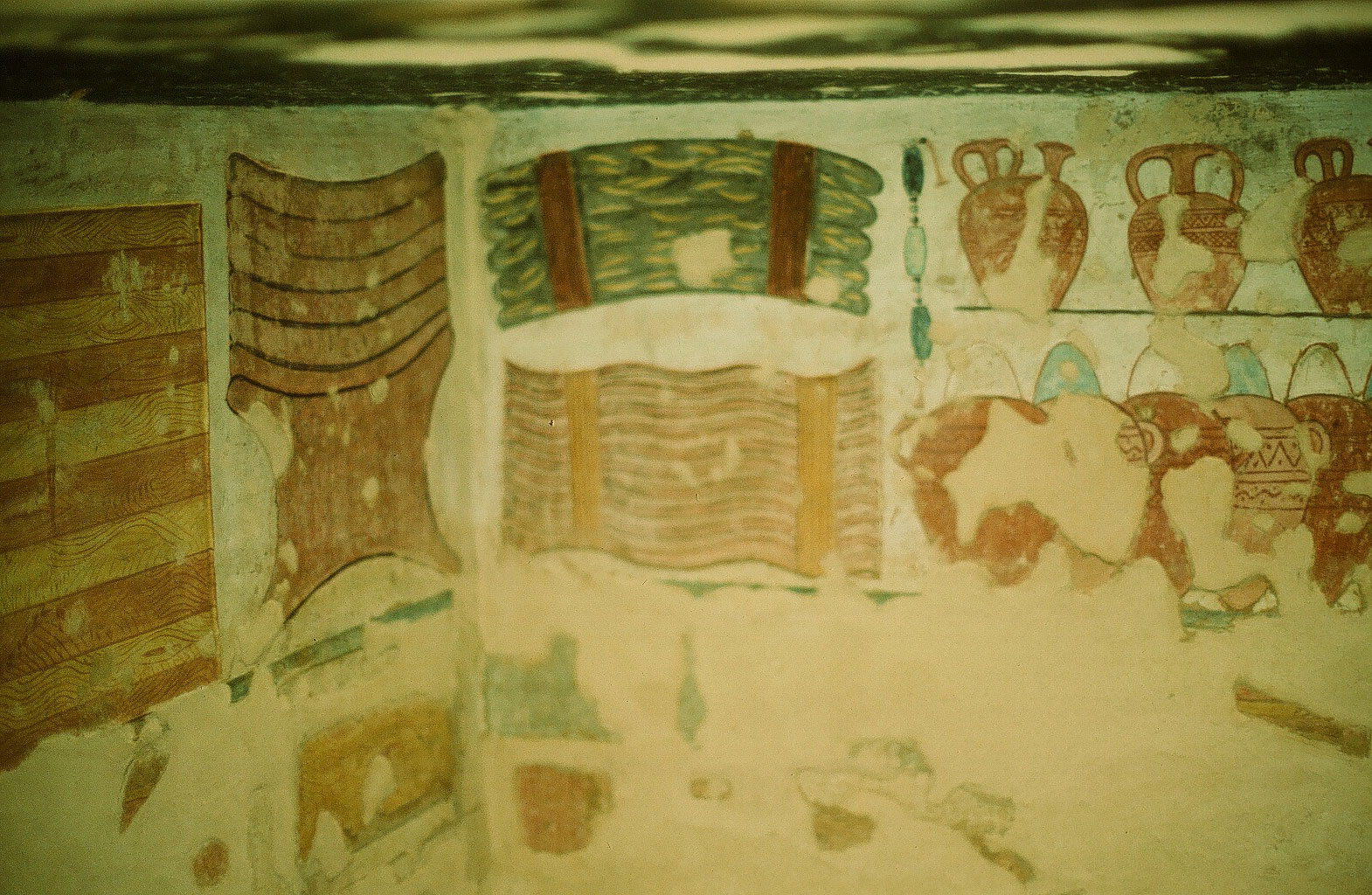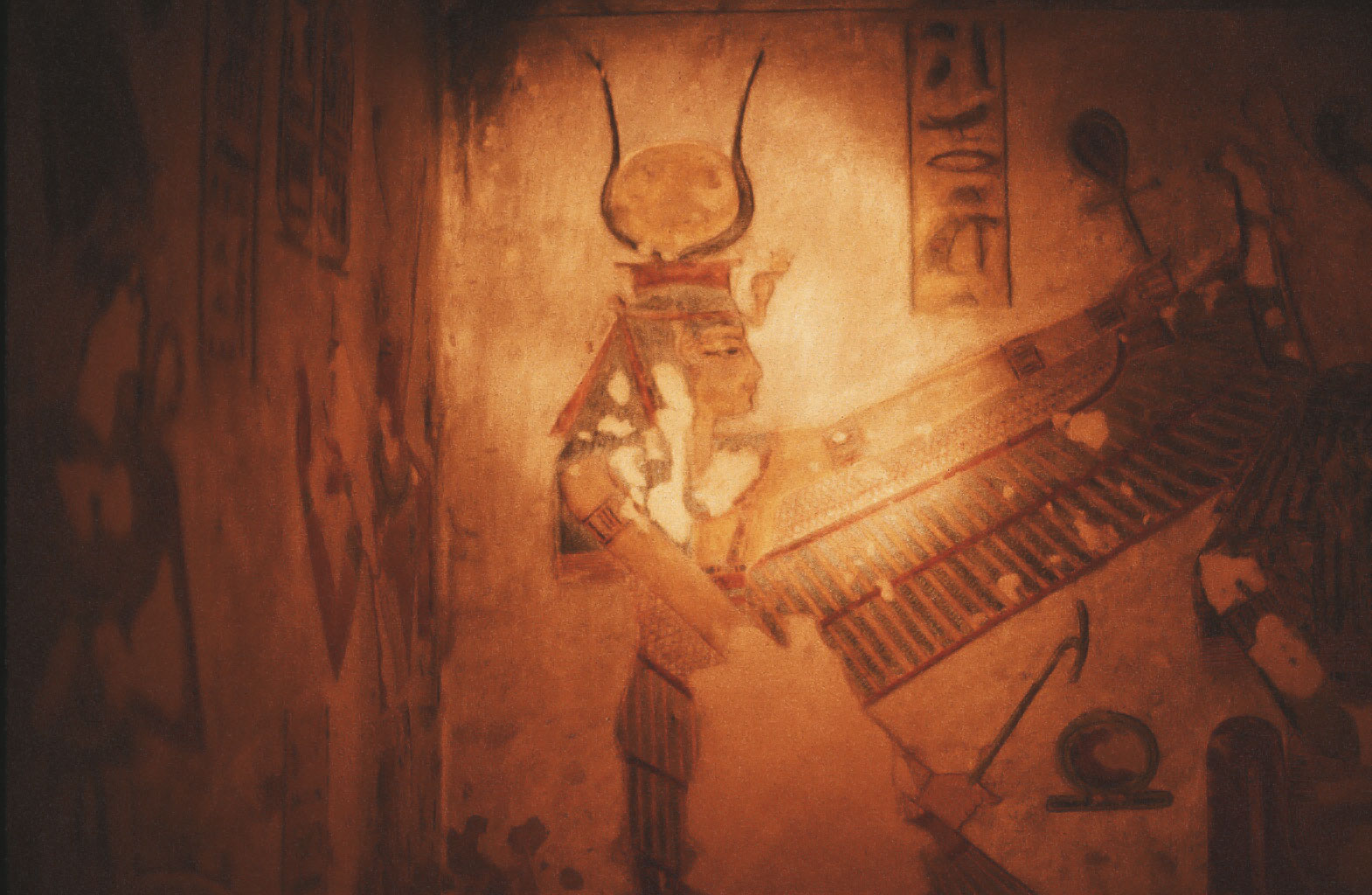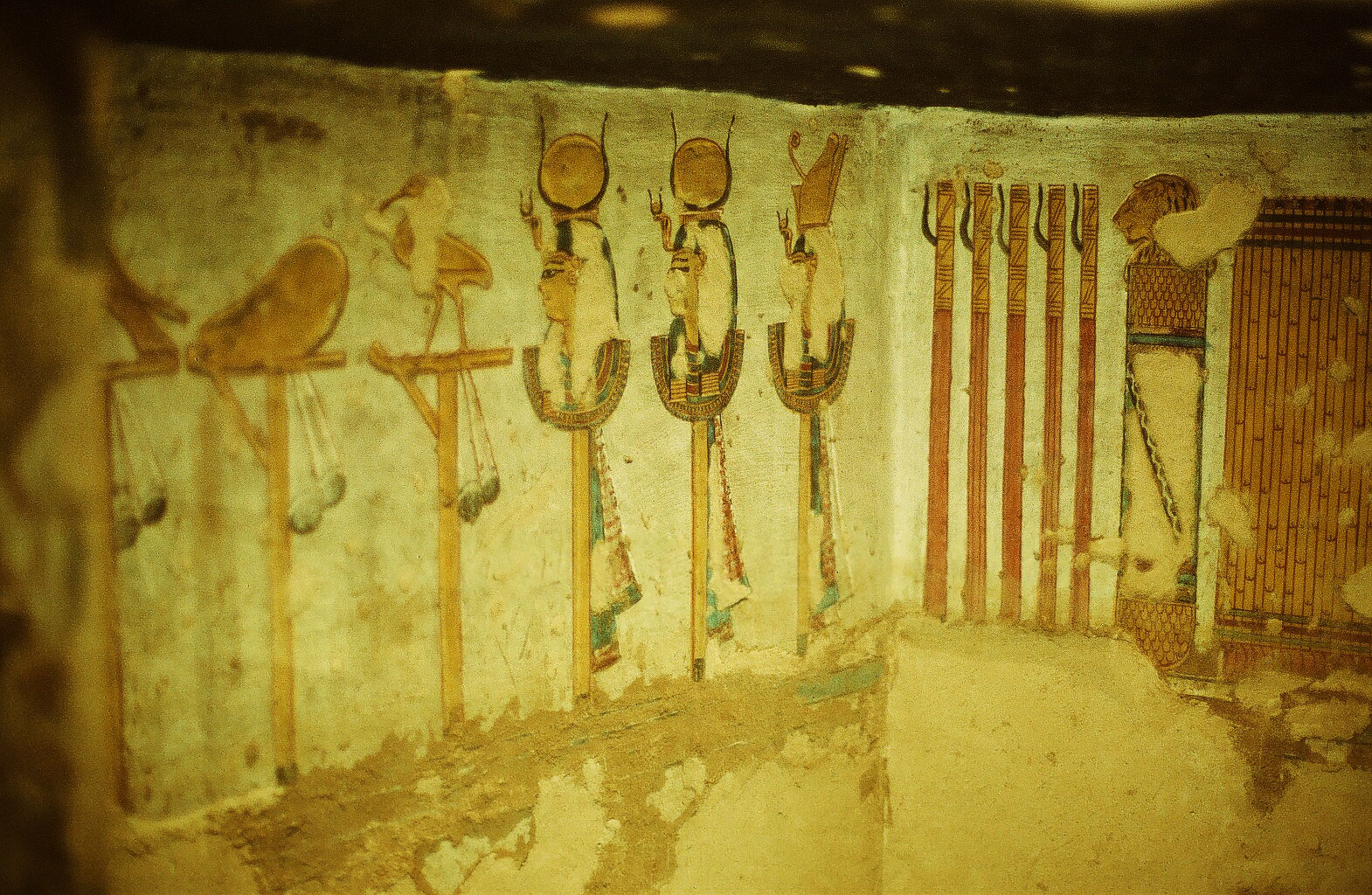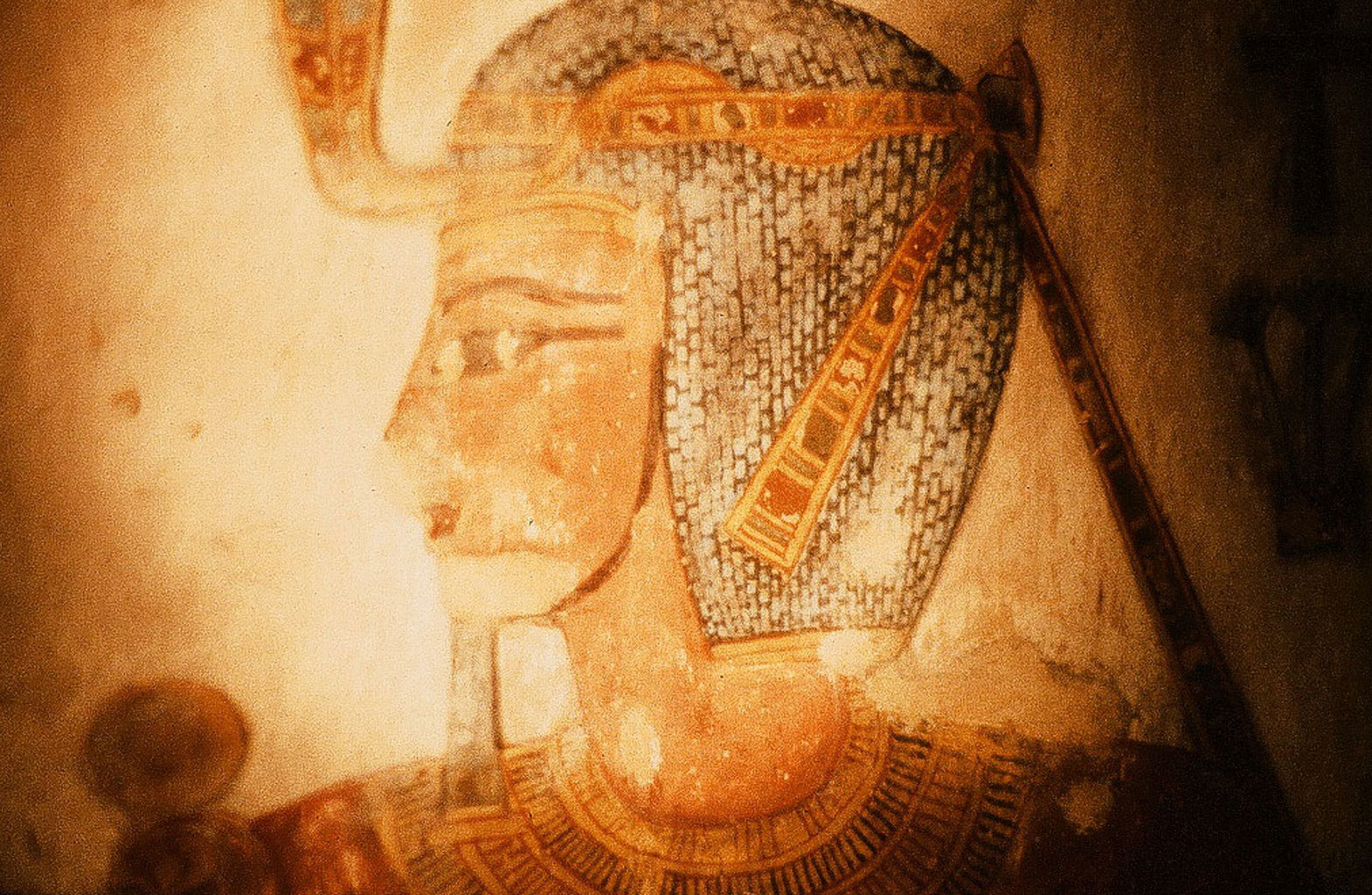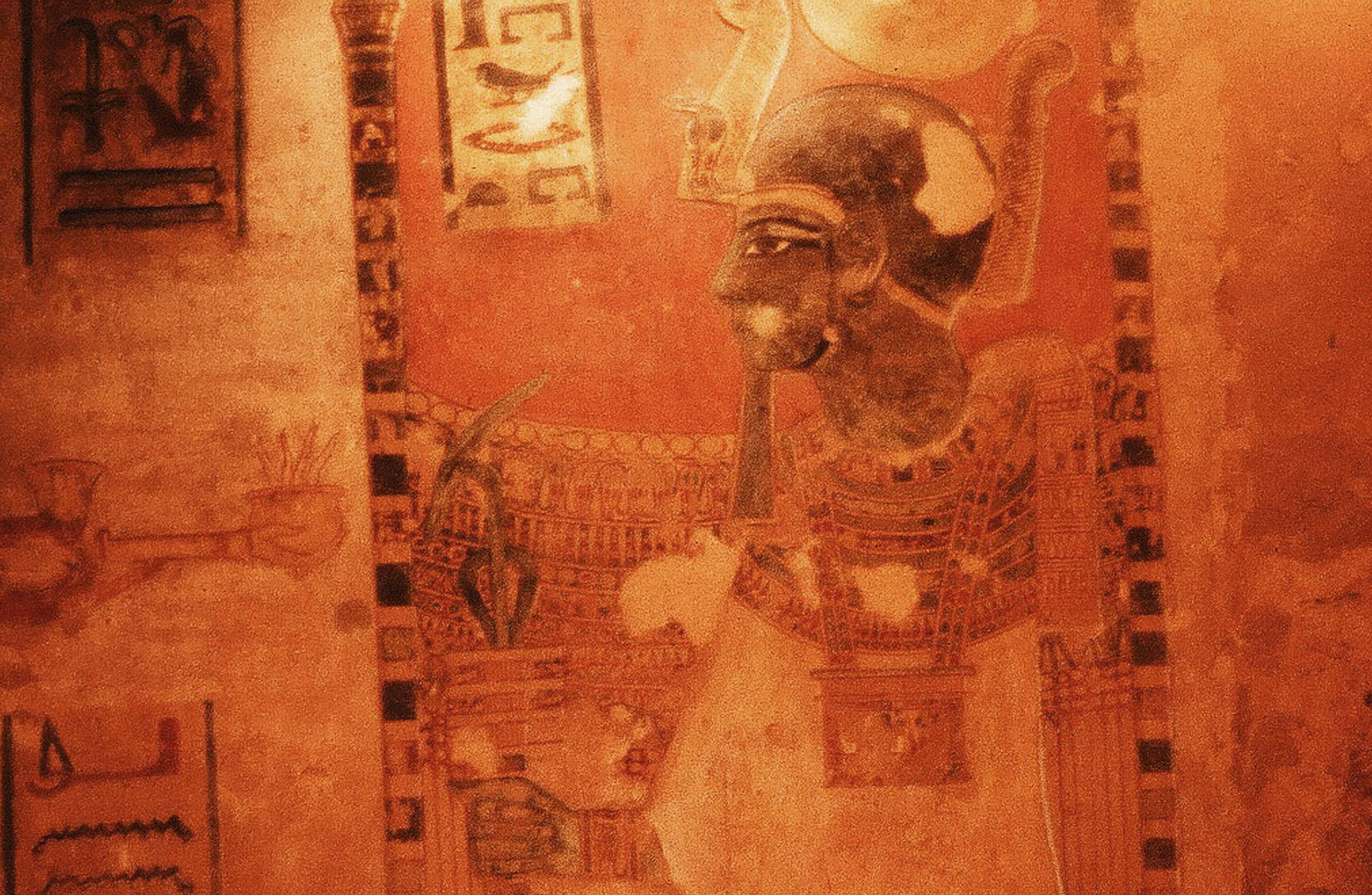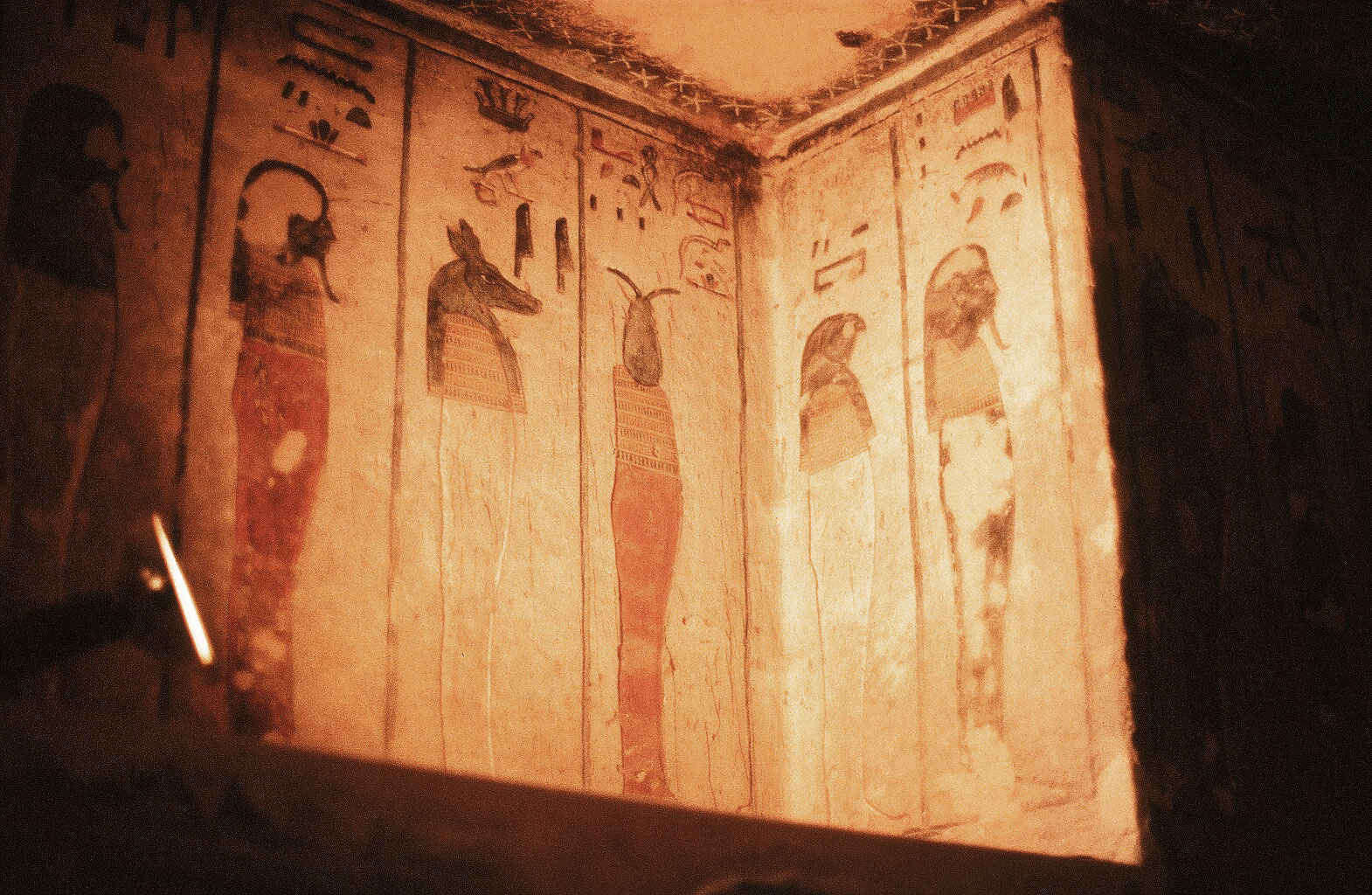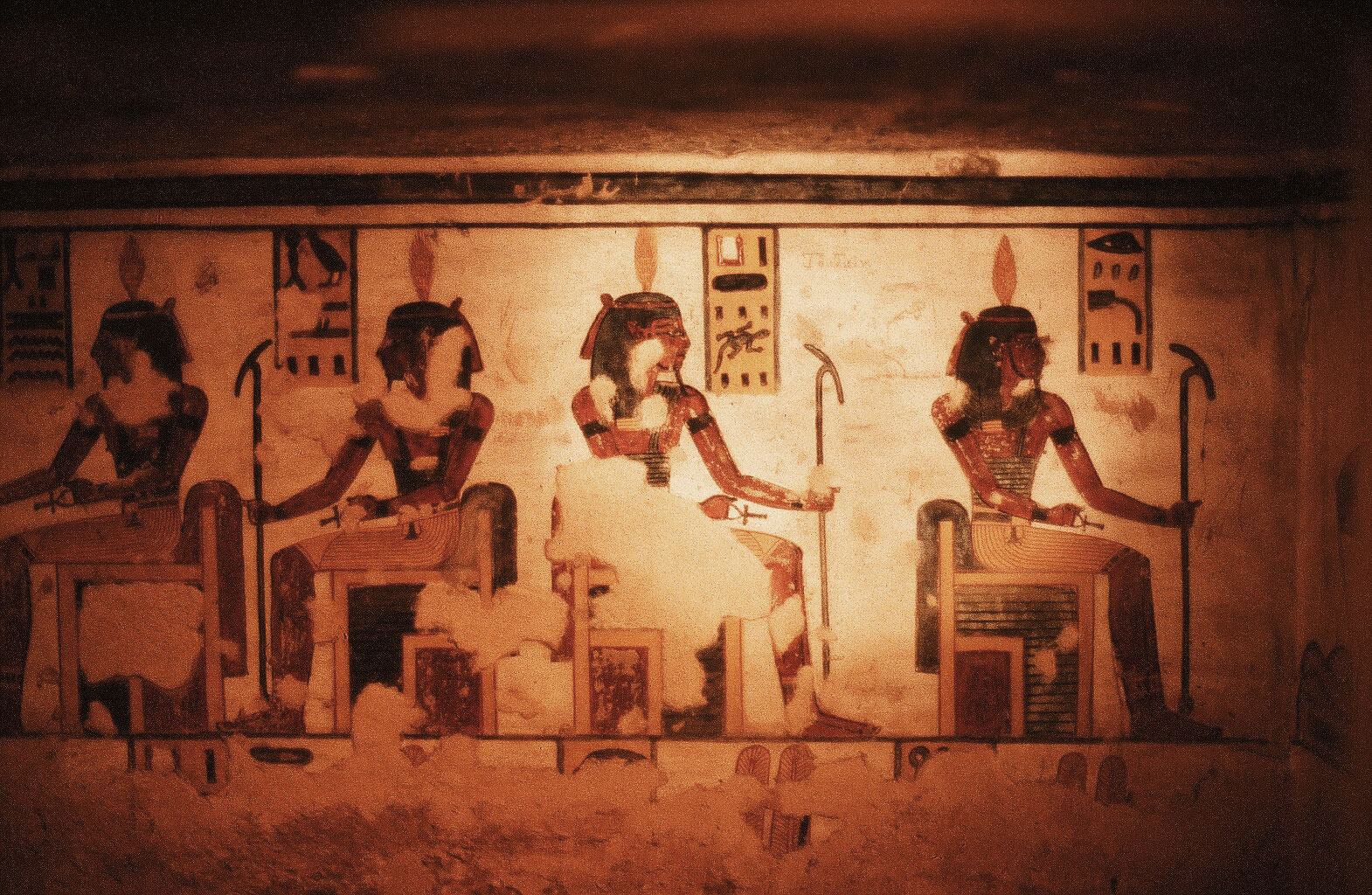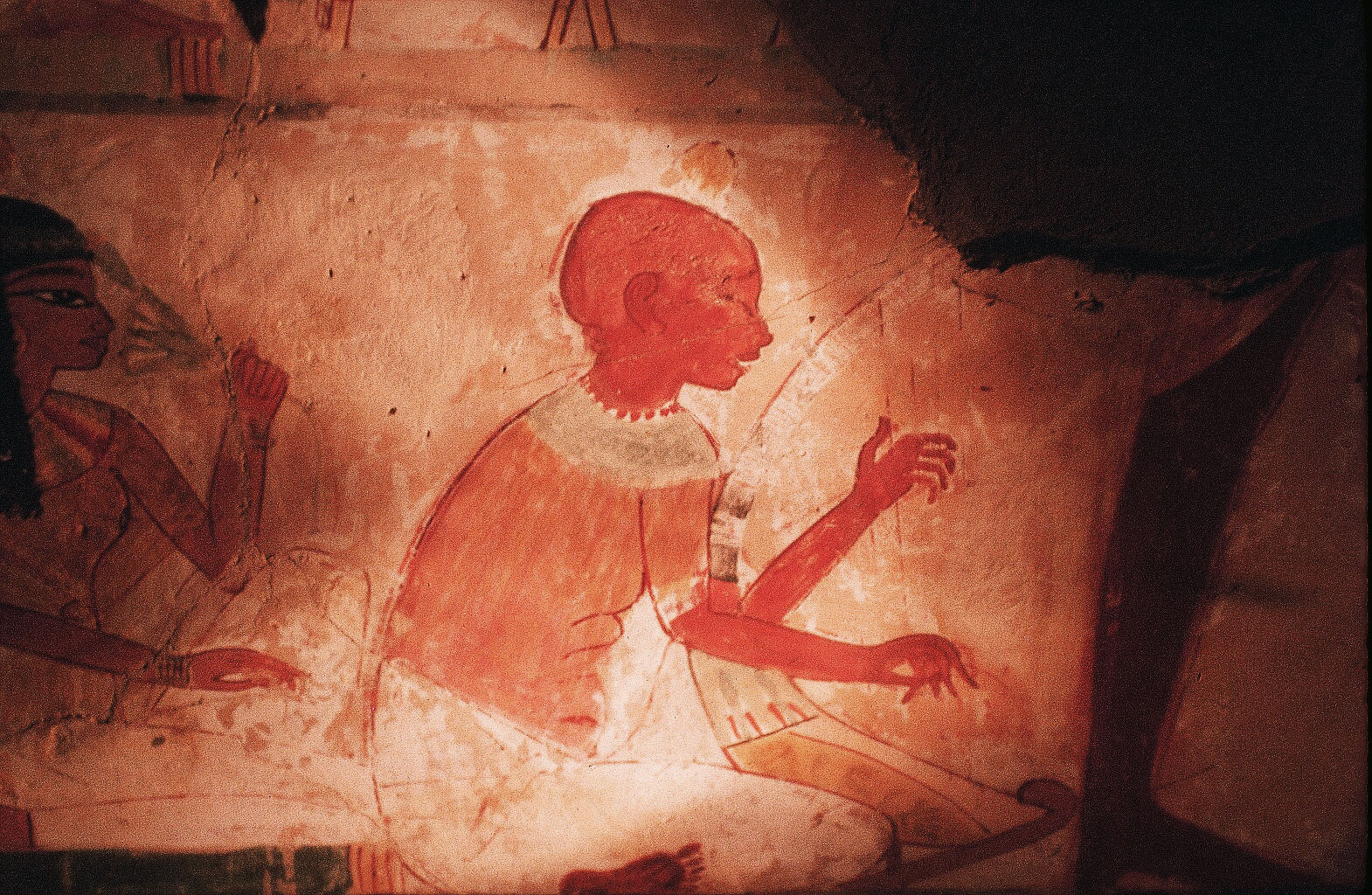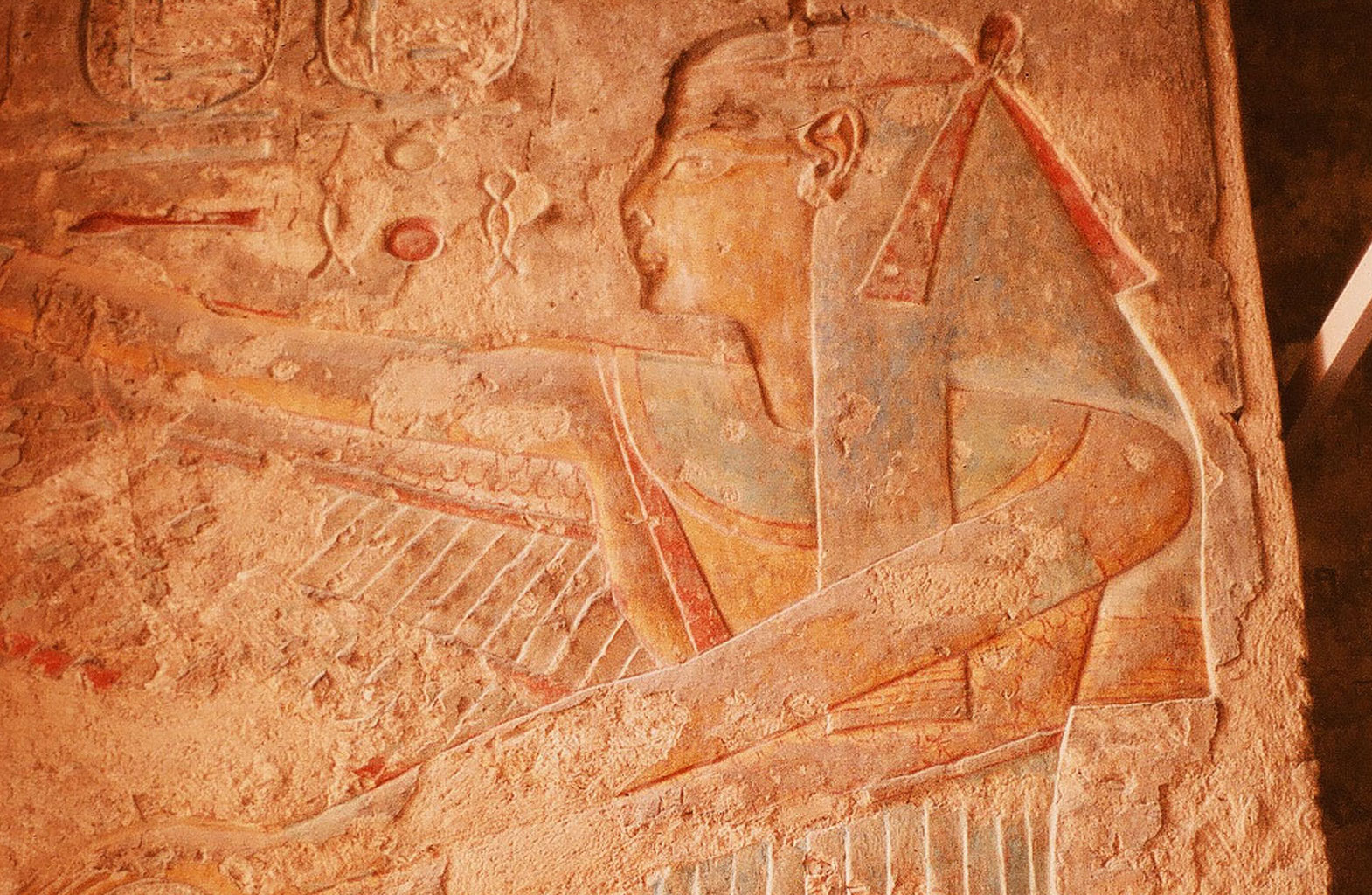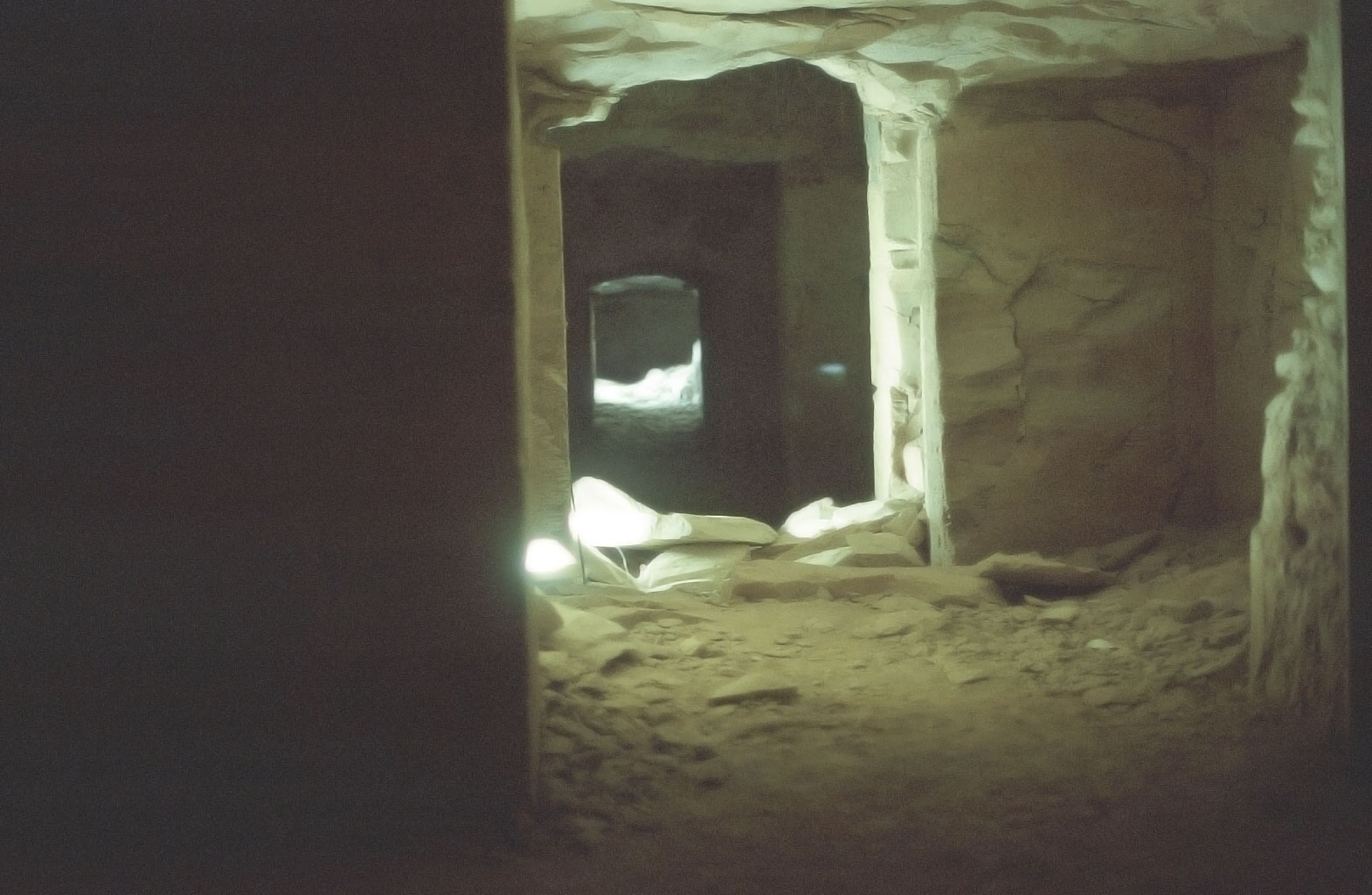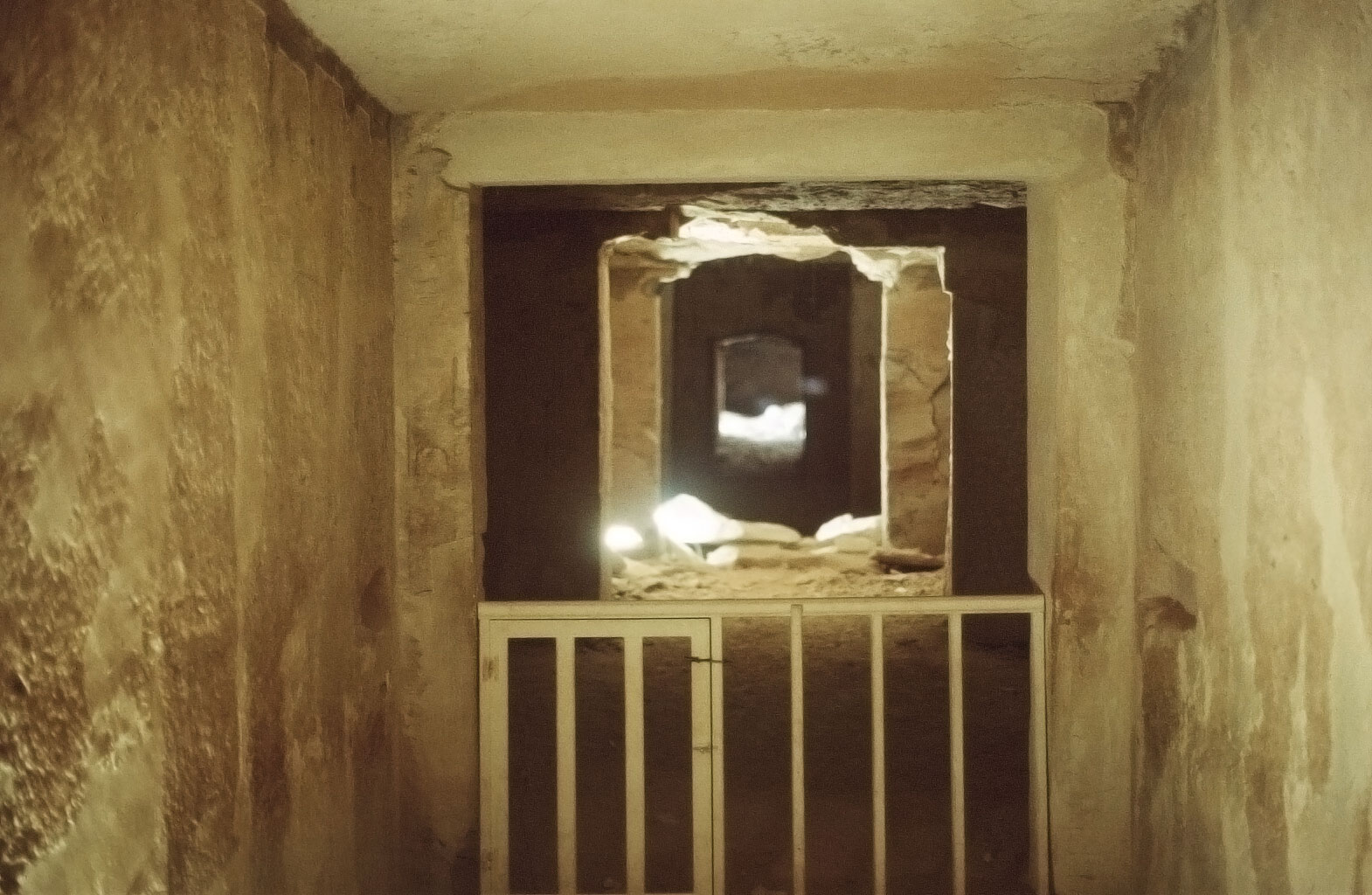OUR MISSION IS CONSERVATION
The Valley of the Kings Archaeological and Conservation Consortium is an international group of Egyptologists, archaeologists, archaeological conservators and related professionals, dedicated to the preservation and related excavation of the Valley and its tombs. They aim not only to preserve what is already excavated but to carry on additional excavations in a responsible and professional manner, so as to salvage as much information and material remains from this important site as possible.
PROJECT DESCRIPTION
The tomb of Ramesses III (KV 11) is one of the Ramesside period Royal Tombs in the Valley of the Kings and is the initial target project of the Consortium. It has not been conserved or fully cleared since its “discovery” in modern times. The conserved and cleared upper portions of the tomb contain beautiful and significant decoration, some of which is shown in the accompanying photographs below.
In certain respects, the tomb is unlike many other tombs in the Valley. The tomb saw extensive flooding during its history and suffered severe damage as a result, but unlike most of the tombs, this flooding was from both outside and inside, It flooded in large part upward, from the bottom chambers, including the burial chamber, the four side chambers off of that chamber and the three small chambers beyond the burial chamber.
Before its modern discovery in the early 1800’s and work by Belzoni, who removed the top of the lid of the king’s sarcophagus, now in the Fitzwilliam Museum in Cambridge, flooding had deposited a layer of mud and stone in these chambers. In this respect, it was in distinguished company, as Maspero and Carter had both recognized in or before 1901, when a fall occurred in the tomb of Seti I, that such may have been caused by water from cracks in the roof of the tomb. The same situation applied in Luxor on New Year’s Eve in 1990, when a light but steady drizzle resulted in several inches of water being deposited in the burial chamber of King Tutankhamun, which then had to be removed the next morning with rags and pails.
The lower portion of the tomb of Ramesses III filled with water the same way, resulting in severe damage, such that the lower portions of the tomb have been closed since. Consequently, while Belzoni was able to dig the sarcophagus lid out of the confused detritus and there was some excavation by the Service des Antiquities in 1895, the results of which apparently were unpublished, there has been no systematic clearance of these flooded and damaged tomb chambers.
Accordingly, there is a strong possibility that conservation and clearance of these chambers, once stabilized, may result in the discovery of additional small objects or fragments of objects, missed by past investigations.
CONSERVATION, STABILIZATION, AND CLEARANCE OF THE TOMB
In order to undertake thorough, modern clearance of the tomb, the lower chambers must be investigated and documented, in order to determine the best way to stabilize them, especially the ceilings, so that such may be undertaken and only then allow a safe, methodical clearance to proceed. This may be accomplished in several ways, e.g., with screw jacks, as used in the tomb of the Sons of Ramesses II (KV 5), or with steel cable netting, as in Ramesses II (KV 7).
An initial study season will be undertaken, to allow full examination of the lower chambers, evaluation of their condition and determination of the best way to stabilize and secure them, to allow safe clearance thereafter. Once determined, a second or more, seasons must be devoted to actual stabilization of these chambers using techniques deemed the safest and most efficacious. Thereafter, clearance of these chambers may be undertaken and documented.
The initial study season must also include visits to other tombs where similar problems and stabilization have occurred to evaluate their long-term effectiveness and safety. This would include, but not be limited to, the tombs of Ramesses II (KV 7). the tomb of the Sons of Ramses II (KV 5), the tomb of Seti I (KV 17), particularly the work done by Carter in the burial chamber and more recent stabilization efforts and techniques.
At the same time, additional consideration must be given to protecting the tomb from flooding from the outside, as in the 1990’s, which will most certainly occur again. That incident also resulted in flooding in the tomb of Horemheb (KV 57). The water entering that tomb, fortunately, collected mostly in the well, but the Valley is, in this location, narrowly constricted, which during flooding may cause water to collect and back up there. These two tombs, Ramesses III and Horemheb, are particularly susceptible to flooding at those times. Consideration must, therefore, be given to erecting better flood control barriers at the entrances to those two tombs, as well as the partial lowering of the Valley floor in front of their entrances, to raise those entrances above the probable level of any new flooding incident. This should be done at the same time work is going on in Ramesses III, as there is little sense to conserving and stabilizing it from the inside, only to again be flooded from the outside.
“Those tombs contain a treasure trove of Egyptian art, history, religious beliefs, and practices.”
“There are material remains yet to be discovered in tombs not yet found, but which surely exist.”
“Together, we can achieve great things and save these monuments for future generations.”



